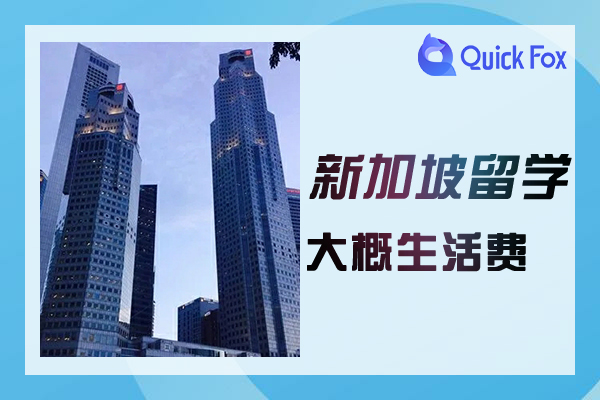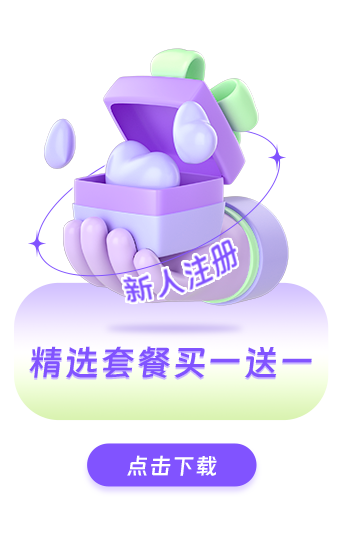Students go to university in Singapore. Different schools charge different tuition fees. As for living expenses, they are mainly affected by personal consumption level.An overview of the approximate living expenses for studying in SingaporeCost of studying in Singapore for high school, ,Cost of studying in Singapore, ,Cost of studying in Singapore for college studentsThe problem.

An overview of the approximate living expenses for studying in Singapore
An overview of the approximate living expenses for studying in Singapore
1. Accommodation Fees
National University of Singapore Student Dormitory Public University Boarding Fee - About RMB 1560/month (S$312/month) Public primary and secondary schools do not have boarding options. International students of other ages in Singapore tend to rent off-campus housing. New international students generally have four options: government housing, private apartments, luxury bungalow student apartments, and international student apartments. The cost is generally S$800-4000/month, depending on the location, accommodation type, facilities and number of people living together. Homestay (suitable for underage family students) Many students and parents choose homestays. Not only do they have someone to take care of them in life, but the cost is also relatively cheap compared to private apartments. Homestays generally provide breakfast and lunch from Monday to Friday and three meals a day on public holidays. They also provide supervision and food, clothing, housing, transportation, Internet and other services. The environment is also good, and swimming pools and fitness facilities are also readily available. Cost: About RMB 7500/month (S$1500/month)
While studying in Singapore, students can enjoy delicious food from all over the world. In addition, most schools in Singapore have canteens and restaurants, so the cost of food and beverage in Singapore is not expensive. Students spend an average of 12 SGD per day on food, or 400 SGD per month.
3. Pocket Money
a. Communication network Singapore has developed communication and convenient Internet access. Internet access is available almost everywhere. Internet access in Singapore libraries is free. Public telephone systems are available in all areas, and telephone charges are low; international long-distance calls are charged at 0.3-0.9 SGD per minute. It is even cheaper to call China with an international calling card, ranging from 0.1-0.25 SGD per minute. The total monthly expenditure of prepaid packages is generally between 30-100 SGD. Note: 30 SGD already includes at least 4GB of Internet data for one month. It is recommended that you watch videos and listen to music when connected to WIFI!
b. Food Singaporean cuisine combines Chinese, Western, Malay, Indian, etc., all with unique flavors. The "Nyonya cuisine" that is a mixture of the two is even more unique. Many food centers in Singapore offer Chinese, Malay, Indian, Japanese, Thai and other fast food. Schools generally have canteens and restaurants. In general, students spend about 200-600 SGD per month on meals.
4. Other expenses
For students in Singapore, the monthly communication fee is about 30 SGD, the bus fee is 100-150 SGD, and there are other living expenses that add up to several hundred SGD.
Further reading: Advantages of studying in Singapore
1. One of the safest countries
As one of the safest countries in the world, Singapore has the lowest crime rate in the world due to its strict laws. Since 2012, more than 52,000 police cameras have been installed in 8,600 blocks in Singapore.
2. No risk in obtaining a study visa
After being admitted by the school, students do not need to go to the immigration office for an interview, and the visa is 100%. Parents of young children can also apply for a study visa, which makes it convenient for parents to accompany their children to school.
3. Elite education system and high-quality educational resources
Singapore adopts an elite education system, which starts from primary school and students are eventually able to enter Singapore’s public universities are the elite among the elites.
Singapore’s two government universities (National University of Singapore (NUS) and Nanyang Technological University (NTU)) are both renowned institutions in Asia and the world. In recent university rankings, both universities in Singapore have achieved excellent rankings, and have been ranked within the top 10 in the Asia-Pacific region many times, and have also been listed among the top 100 universities in the world many times.
4. Shorter school system and lower tuition fees
The tuition and living expenses of international kindergartens are more affordable than those of similar schools in Beijing, Shanghai and Guangzhou. The duration of university education is short, 2-4 years for undergraduates and 1 year for masters. The average tuition and living expenses are about 200,000 per year. Compared with studying in the UK, the US and Australia, the cost-effectiveness is extremely high.
5. Good employment prospects, and you can immigrate directly after graduation
Singapore has the lowest unemployment rate in the world. Many local multinational companies provide graduates with numerous employment opportunities and development space. The average monthly salary of graduates is about 3,000 Singapore dollars (about 15,000 RMB).
Most international students from China can find jobs in Singapore after graduation. Students who stay in Singapore for employment after graduation can immediately apply for immigration and have a high chance of becoming Singapore permanent residents (green card).
Further reading: Introduction to travel options for studying abroad in Singapore
1. Subway
Underground rail transit is Singapore's main mode of transportation, accounting for more than half of the passenger flow, and it is also very convenient. Since its opening in 1987, the subway currently has 121 stations and a route of 170 kilometers, covering a wide area.
The operating hours are from 5:30 am to 1:00 am. There are five intersecting lines that are interconnected and can lead to various places on the island. You only need to confirm your destination when purchasing tickets. Green, red, purple, yellow and blue are used to distinguish them.
Students can apply for a rail transit card. It does not cost money to open the card, and they can pay online and the money will be deposited instantly. This saves them the trouble of purchasing tickets separately each time, and they can also enjoy a discount of about 30%, which is very convenient for students who travel frequently.
2. Public transportation
The public bus routes are also designed to be very dense, and can basically correspond to the bottom-line traffic. However, due to the influence of traffic, the passenger capacity will be relatively small. However, it is also a very convenient choice and is more suitable for those who want to enjoy the scenery along the way.
Different routes are divided according to the length, function and time of the route. There are trunk lines, branch lines, rapid transit, high-quality routes, night routes, tourist routes and other routes with different functions. You can choose according to your travel needs.
The operating hours are generally from 6:00 in the morning to 12:00 in the morning. The fare is not divided by station. The same one-way fare is 10 yuan. The train is generally issued every 10-20 minutes, and the frequency is still relatively high. You can also apply for a card to enjoy discounts when traveling.
3. Rental
In terms of comfort, taxis are naturally the most expensive, but correspondingly, they are also the most expensive. Therefore, not many people take taxis in Singapore. Moreover, you need to call a taxi online, and there will be no empty taxis on the road for you to hail.
The starting price of a taxi will vary depending on weekdays, weekends, nights, and mornings and evenings. The basic price is 15 yuan, and then 25 yuan. The total cost will either be 50% more expensive or 25% more expensive. The charges will be based on the itinerary and time.
Summary of the approximate living expenses for studying in Singapore
After understanding the approximate living expenses of studying in Singapore, if you want to study in the United States, you will also need to prepare a network tool to bypass the firewall and return to China.For many Chinese who go to the US to study and work, they still like to watch some Chinese TV series and programs in China, and they are more accustomed to use some domestic native apps to listen to music, watch videos, play games and so on. However, due to copyright reasons, most of the popular programs are only allowed to be accessed by mainland IPs. In such a big background, theBack to China via the InternetQuickFox is a return accelerator that provides hundreds of high-speed lines around the world, monitors bandwidth traffic in real time and adjusts it dynamically to ensure smooth node channels, unlimited traffic and unlimited time, and meets the acceleration needs of various regions and countries. The lines are dynamically allocated and the best is automatically selected to bring you the ultimate acceleration experience.















